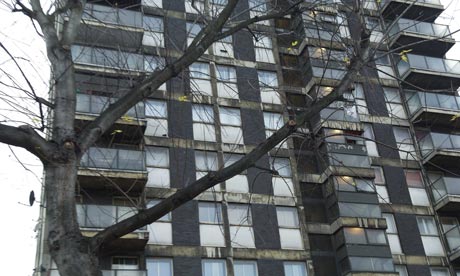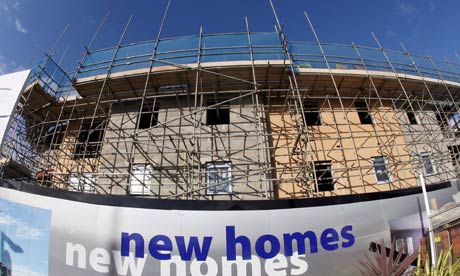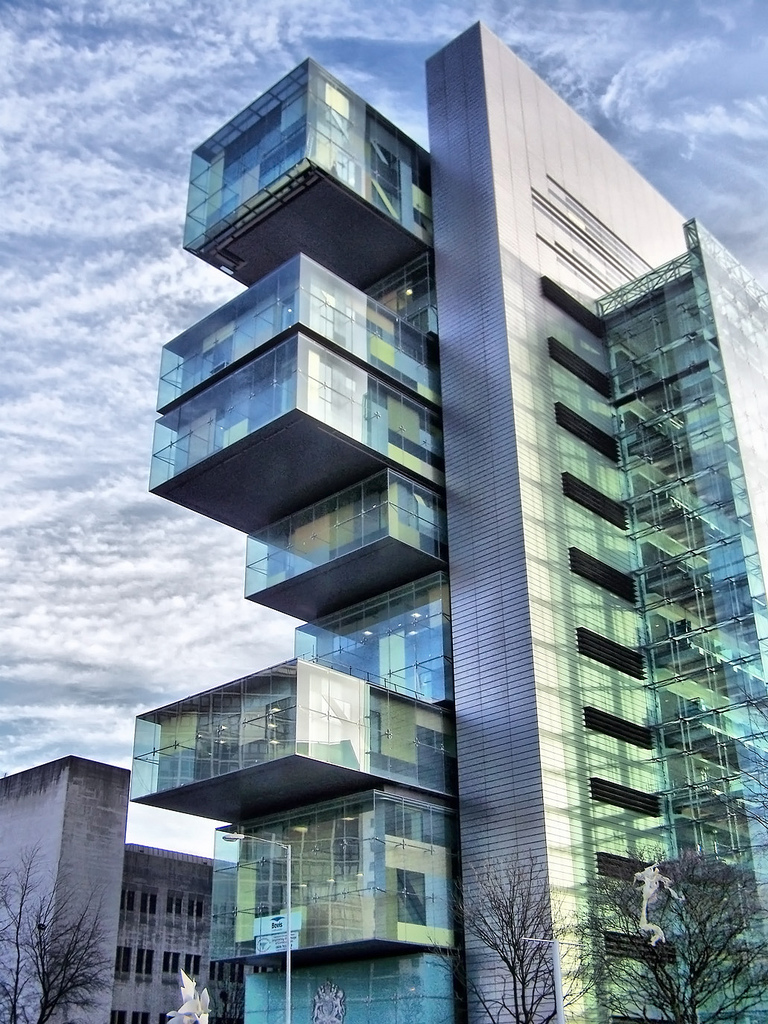There appears to be a housing problem in england just 134,000 new homes are being built in the UK in 2010, the lowest number since world war II. This is despite 230,000 new households being formed every year. By 2025 there will be a housing shortfall of 750,000 in England, according to IPPR (Institute for Public Policy Research)
The shortage is hitting the younger generation hardest. A fifth of 18-to-34-year-olds has been forced to live with their parents because they can't afford to rent or buy a home, according to the charity Shelter.
It has been clear for some time that housing supply is not keeping up with demand. Reasons for rising demand include improved life expectancy rates and a growing number of one-person households. There are almost 1.8 million households on English local authority housing registers and significant levels of overcrowding in the private and social housing stock.
Poor housing impacts directly on residents’ health and educational attainment, while difficulties in accessing affordable housing can also limit the ability of people to move to find work. The need to increase the supply of housing and tackle affordability issues is a key housing policy issue. Yet despite the critical social and economic role that housing plays, it has tended not to have the same political profile as, say, health and education.
In 2007 the Government set a target of increasing the supply of housing to 240,000 additional homes per year by 2016. Within this overall target was a commitment to deliver at least 70,000 affordable homes per year by 2010-11, of which 45,000 were to be new social rented homes. There was debate over whether this target would meet the demand for new housing and deal with the backlog of unmet housing need.
In fact, the onset of the credit crunch in 2007 put the achievement of even these targets under serious pressure. Despite rising demand, the collapse in mortgage advances meant that private builders reduced the supply of new housing. Put simply, house-builders will not build houses that they cannot sell. Falling house prices in the recession have not solved the problem of affordability as they have been accompanied by tighter lending criteria, particularly larger deposit requirements. Indeed, the National Housing and Planning Advice Unit (a non-departmental public body) has said that the recession has increased the requirement for house building (e.g. to make up for the fall off in construction rates). It has advised that up to 290,500 additional homes may be needed in each year to 2031, although this requirement is not uniform across the regions.
Behrokh Khoshnevis is a professor of Industrial Systems Engineering and is the Director of Manufacturing Engineering Graduate Program at the University of Southern California (USC) posed possible solution by use of utilizing a modern idea of 3D printing. Imagine a machine of twice the size of a home that can scan across the foundations of your property depositing a special building mix similar to concrete.
The concrete composite material mixed with fibers, with enough strength to handle 10,000 psi compared with normal concrete that handles 3000 pounds per square inch.
Behrokh estimates that the total build time would be a matter of 20 hours. Extra support with steel rods for load bearing beams and conduits for electrical, plumbing and gas supply can be installed in the scanning process. The wall would be hollow with a zig zag inner lining to add strength similar structure to cardboard.
A normal house building technique is slow and labour intensive, there are many different skills needed to build different sections for the building and require other craftsmen to make a home. They are likely to be wasteful with lots of off cuts and cause more emissions due to the slow manufacture process. Production can be costly and can go over budget, but with a 3d print there can be no delay or unforeseen problems. Even today, modern construction is a hazardous and requires training to reach a certain standards before a workman can start building. There can be injuries and delays which can cost more money for the project manager to add to the budget. But with a automated system there is no risk and workmen do not have to reach or climb with extra equipment. Behrokh calls this process of building contour crafting, and with the help of computer aided design someone can build a computer model and test its structure extensively before Printing.
 The hope is to build an entire neighborhood at the fraction of the time and with a fraction of the cost. Also the architectural design can literally be of any design within structural reason, which will allow the freedom of the homeowner to commission a more pleasing design. Even with the idea of 3D scanning can be implemented to copy someone's house and then use it as a basic design foundation for the new building. The potential profit for a 3D building constructer can be enormous, considering that a house could be built within a day allows more homes to be built. And possibly a manageable workforce to oversee the construction it will allow a expansion of build teams for every print machine needed for the high demand of homes needed. Hopefully with the cost of building materials and with little waste, the cost of buying an affordable home would be within reach of most people. The current system of high prices and corrupt landlords with no regard for tenants have made it unbearable. Perhaps with affordable housing will allow a growth in economy and a possible return to finical normalcy.
The hope is to build an entire neighborhood at the fraction of the time and with a fraction of the cost. Also the architectural design can literally be of any design within structural reason, which will allow the freedom of the homeowner to commission a more pleasing design. Even with the idea of 3D scanning can be implemented to copy someone's house and then use it as a basic design foundation for the new building. The potential profit for a 3D building constructer can be enormous, considering that a house could be built within a day allows more homes to be built. And possibly a manageable workforce to oversee the construction it will allow a expansion of build teams for every print machine needed for the high demand of homes needed. Hopefully with the cost of building materials and with little waste, the cost of buying an affordable home would be within reach of most people. The current system of high prices and corrupt landlords with no regard for tenants have made it unbearable. Perhaps with affordable housing will allow a growth in economy and a possible return to finical normalcy.





No comments:
Post a Comment